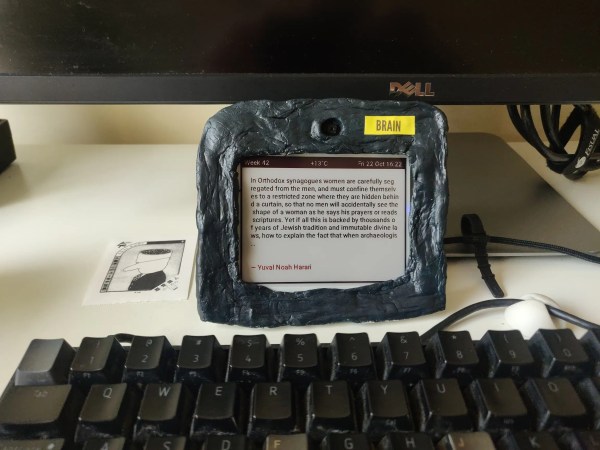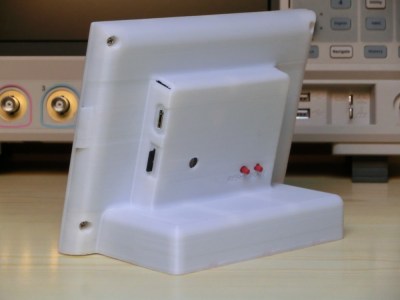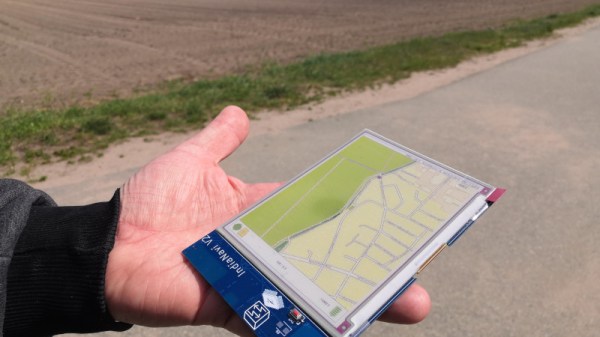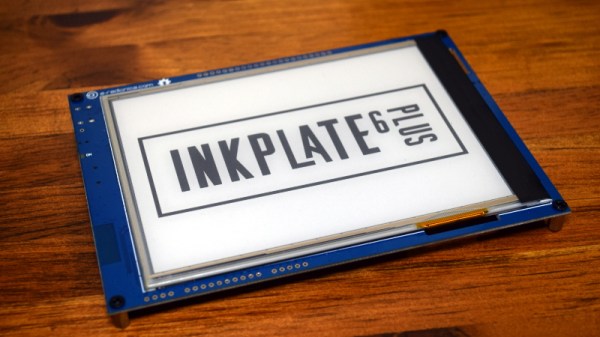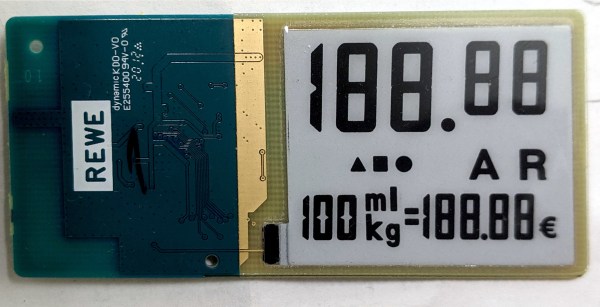As winter well and truly grips the northern hemisphere, it’s time once again to dunk on Tesla for leaving some owners out in the cold — literally. It seems that some Model 3 and Model Y owners are finding their ride’s heat pump isn’t exactly up to the task of, you know, pumping heat. That this seems to be happening mostly in the northeastern US and southern Canada, where a polar vortex is once again dominating the weather and driving temperatures down into the -30 °C (-22 °F) range, perhaps speaks more to the laws of thermodynamics than it does to the engineering of the Tesla climate control system. After all, if there’s not much heat outside the car, it’s hard to pump it inside. But then again, these are expensive machines, some of which have had extensive repairs to address this exact same issue when it cropped up last year. It seems to us that owners have a legitimate gripe with Tesla about this, and they may be getting some help from the Feds, who are taking an interest in the situation from a safety standpoint. After all, no heat likely means fogged up windows, and that’s hardly conducive to a safe trip. But hey, that’s what self-driving is for, right?
Much has been made of the dearth of engineering cameras on the James Webb Space Telescope, and the fact that we’ve been relying on animations to illustrate the dozens of deployments needed to unfurl the observatory and make it ready for its mission. Putting aside the fact that adding extra cameras to the spacecraft makes little sense since the interesting stuff was all happening on the side where the sun doesn’t shine, we did get treated to what was billed as “humanity’s last look at Webb” thanks to an engineering camera on the Ariane 5 rocket. But not so fast — an astrophotographer named Ethan Gone managed to spot the JWST as it transited to L2 the day after launch. Granted, the blip of light isn’t as spectacular as the Ariane shots, and it took a heck of a lot of astrophotography gear to do it, but it’s still thrilling to watch Webb moving gracefully through Orion.


